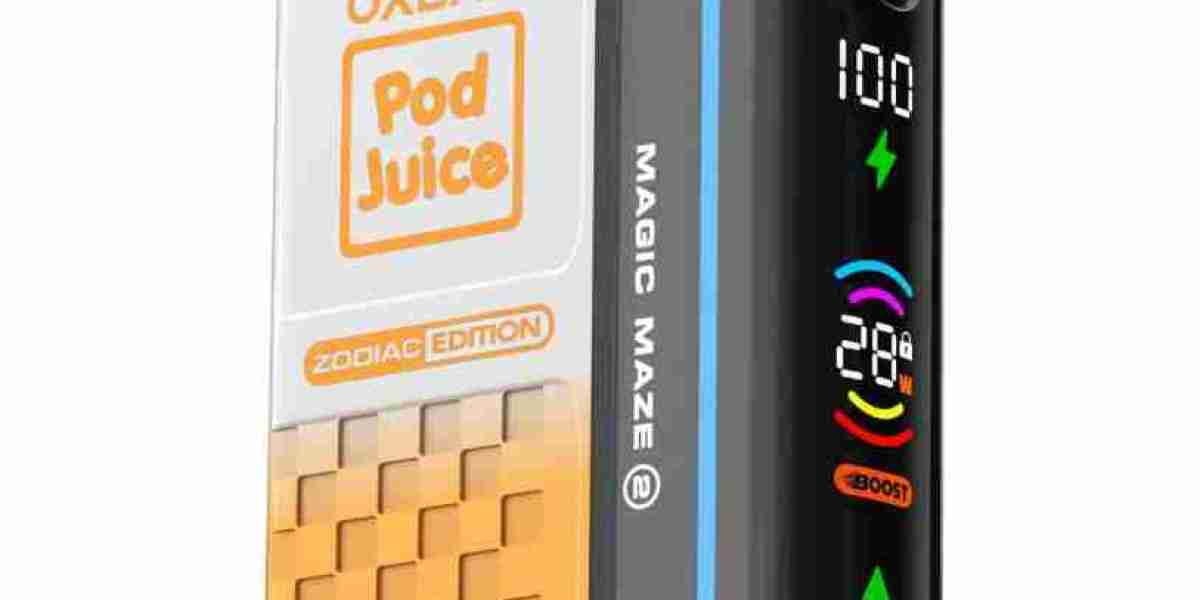Every component of your vehicle plays a crucial role in ensuring smooth operation and comfort. One often overlooked part is the window regulator. These essential devices control the up-and-down movement of your car windows, making them vital for ventilation, security, and overall driving experience. Whether it’s a hot summer day or a chilly winter morning, having functional window regulators can make all the difference. But with so many options available today, how do you choose the right Car Window Regulators? This guide will lead you through everything from understanding their function to installation tips, helping you make an informed decision.
Understanding the Function of Window Regulators in a Car
Window regulators play a crucial role in the functionality of your car's windows. They are responsible for smoothly raising and lowering the glass panes, ensuring you can easily adjust airflow or enjoy scenic views. This system comprises several components, including motors, cables, and gears.
When you push a button on power windows or crank a handle for manual ones, you're activating this mechanism. The regulator translates that input into movement. Whether powered by electricity or human effort, its efficiency significantly impacts your driving experience.
Failure to operate correctly can lead to inconvenience and safety concerns. A stuck window not only limits ventilation but may also pose risks during emergencies when quick exits are necessary—understanding how window regulators function helps recognize their importance in vehicle maintenance.
Types of Window Regulators Manual vs Power
Window regulators come in two primary types: manual and power. Manual regulators rely on a hand crank or lever, allowing you to directly control the window’s movement. This simplicity can appeal to those who appreciate minimalism and mechanical reliability.
On the other hand, power window regulators are more common today. They operate with an electric motor, enabling effortless operation at the touch of a button. This convenience is particularly valued in modern vehicles where comfort features are prioritized.
Choosing between manual and power options depends on personal preference and vehicle type. While manual regulators might be found in older models or budget-friendly cars, power regulators dominate most new designs due to their ease of use and seamless integration with other electronic systems.
Common Signs of a Failing Window Regulator
A failing window regulator can significantly affect your car's functionality. One of the most noticeable signs is difficulty raising or lowering the window. Something is wrong if you hear grinding or popping sounds while operating it.
Another sign to watch for is a window stuck in one position. Whether it's entirely up or down, this issue can be particularly frustrating and may require immediate attention. You might also notice inconsistent movement, where the glass moves slowly but then jerks unexpectedly.
Additionally, if you must push or pull on the window glass to help it operate correctly, it's time for an inspection. These symptoms often signal that your window regulator is nearing failure and should be addressed before a complete malfunction occurs.
Factors to Consider When Choosing Car Window Regulators
Compatibility is key when selecting Car Window Regulators. Ensure the regulator matches your vehicle’s make and model to guarantee a proper fit. An incorrect size can lead to malfunction or installation issues, creating more problems.
Quality materials play a vital role in durability and performance. Opt for regulators made from high-grade metals or robust plastics that withstand daily wear and tear. Cheaper alternatives may save you money upfront but often result in a decreased lifespan.
Consider whether you prefer manual or power window regulators based on your needs and usage patterns. Power options offer convenience, while manual types are easier to repair if something goes wrong. Choose wisely based on what aligns best with your driving habits and personal preferences.
OEM vs. Aftermarket Window Regulators Pros and Cons
When choosing window regulators for your car, one key decision is whether to go with OEM or aftermarket options. The vehicle's manufacturer makes OEM (Original Equipment Manufacturer) parts. They often guarantee a perfect fit and reliable performance but can be pricier.
On the other hand, aftermarket window regulators offer flexibility in pricing and availability. Many brands produce high-quality alternatives that might match or exceed OEM specifications. However, the quality can vary significantly between manufacturers, making it essential to research before purchasing.
Another factor to consider is warranty support. OEM parts typically come with warranties from the manufacturer, providing peace of mind. Aftermarket options may have varying warranty terms depending on the brand, so checking these details during your selection process is wise.
Compatibility and Fitment for Your Vehicle Model
Compatibility and fitment are crucial factors to consider when selecting window regulators. Each vehicle model has specific requirements, so you must ensure that the regulator you choose matches your car's make and model. Misfitting parts can lead to installation issues or even damage.
Start by checking your vehicle's manual for specifications related to window regulators. You can also consult online databases or auto parts retailers that provide detailed information about compatible parts. It's wise to gather as much detail as possible, including your vehicle's year, make, and model. If you're considering aftermarket options, verify their compatibility with OEM standards. Some brands offer universal fit components; however, these may not always guarantee a seamless installation or optimal performance.
Taking the time to research ensures you select the proper regulator tailored specifically for your vehicle’s needs while allowing for smooth window operation. Investing in suitable components will help maintain functionality and safety on the road.
Importance of Quality Materials for Durability
Choosing the right materials for window regulators ensures long-lasting performance and smooth operation. Inferior components can lead to frequent failures, increased repair costs, and inconvenience. Here’s why high-quality materials matter:
Corrosion Resistance for Longevity
Window regulators are constantly exposed to moisture and temperature changes. High-quality materials like stainless steel or coated metals resist rust and corrosion, ensuring the mechanism operates smoothly for years without degradation.
Strength and Load-Bearing Capacity
A regulator must withstand repeated use and the weight of the window glass. Durable materials like reinforced plastics or hardened steel provide the necessary strength, preventing bending or breaking under stress.
Smooth Operation with Precision Components
Quality gears, cables, and sliders reduce friction and wear. Precision-engineered parts ensure effortless window movement, minimizing strain on the motor and extending the regulator’s lifespan.
Heat and Cold Tolerance
Extreme temperatures can warp or weaken cheap materials. Premium regulators use heat-resistant polymers and metals that maintain structural integrity in harsh weather conditions.
Reduced Noise and Vibration
Low-quality materials often cause rattling or grinding noises. High-grade components fit securely, eliminating unwanted sounds and providing a quieter, more comfortable ride.
How to Install a New Window Regulator Step-by-Step
Installing a new window regulator can seem daunting, but it's manageable with the right tools and steps. Start by carefully removing the door panel to access the internal mechanisms. Use a screwdriver to detach screws and clips holding the panel in place. Next, disconnect any wiring harnesses linked to power windows or locks before removing the old regulator. Note how everything is connected; this will guide you during reinstallation.
Now, position your new window regulator into place following your observations from disassembly. Secure it using bolts or screws as needed. Reconnect any wiring harnesses and test the mechanism before completely reattaching the door panel for a smooth project finish.
Troubleshooting Common Window Regulator Issues
If your window isn't moving smoothly, it might be time to troubleshoot the regulator. Start by checking for any obstructions in the window track. Sometimes, dirt or debris can hinder movement, so a quick clean might do the trick.
Next, listen for strange noises when operating the window. Grinding or clicking sounds often indicate that parts are worn out or damaged. In this case, you may need to inspect the motor and gears closely for any signs of wear.
If the window doesn’t budge after these checks, consider testing the electrical connections if you have a power regulator. Loose wires or faulty switches could prevent proper operation, requiring further investigation before deciding on repairs or replacement options.
Maintenance Tips to Prolong the Life of Your Window Regulator
Regular maintenance is key to extending the lifespan of your car's window regulators. Start by inspecting the windows frequently. Look for any unusual noises or sluggish movements, which can indicate potential issues before they worsen.
Keep the window tracks clean and free from debris. Dust and dirt buildup can cause friction, leading to wear on the regulator parts. A simple wipe-down with a soft cloth can help maintain smooth operation.
Lubricate moving parts periodically using a silicone-based spray or grease recommended by your vehicle’s manufacturer. This reduces friction and ensures components work efficiently together, allowing hassle-free access to fresh air and sunlight through your car windows.
Conclusion
Choosing the right Car Window Regulators ensures smooth operation and long-term functionality. Understanding the different types available, along with their pros and cons, empowers you to make an informed decision tailored to your needs. Quality matters regarding materials, as durable components contribute significantly to reliability. Always consider compatibility with your vehicle model when opting for OEM or aftermarket options. Regular maintenance can extend the life of your window regulators significantly. By caring for these parts proactively, you'll enjoy a hassle-free driving experience while preventing costly repairs.
FAQs
Many questions arise about car’s window regulators. Here are five frequently asked questions that can help clarify some common concerns.
What is a window regulator?
A window regulator is a mechanical device that raises and lowers your car's windows. It is crucial for ensuring smooth operation, whether manual or electric.
How do I know if my window regulator needs replacement?
Signs of failure include unusual noises when operating the window, slow movement, or inability to move the glass up or down. If you're experiencing these issues, it's time to investigate further.
Can I install a new window regulator myself?
Yes! Many DIY enthusiasts can tackle this task with essential tools and online tutorials. However, before starting the installation process, ensure you follow safety precautions and have confidence in your skills.
Are OEM parts better than aftermarket ones?
OEM (Original Equipment Manufacturer) parts usually guarantee compatibility and quality since the original manufacturer makes them. Aftermarket options may offer cost savings but vary widely in terms of reliability—choosing reputable brands is essential.
How can I maintain my Car Window Regulators?
Regular maintenance includes cleaning tracks and lubricating moving parts periodically. Observing any signs of Car Window Regulators wear will also help prolong the machine's lifespan and prevent unexpected failures.
These insights should clarify as you navigate choosing the right components for your vehicle’s functionality.
Related Business Listings |





